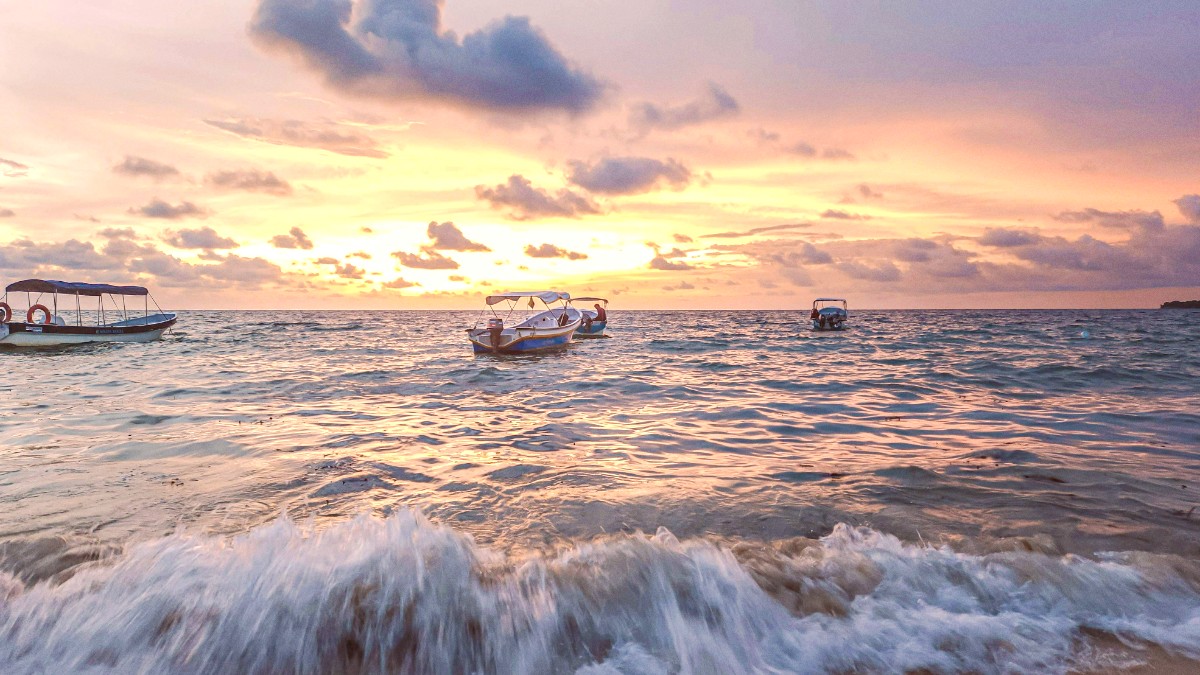
The Coast, Kenya
Fort Jesus (UNESCO World Heritage Site): This massive Portuguese fort, constructed between 1593 and 1596, guarded the port of Mombasa and controlled Indian Ocean trade. Its architecture displays a blend of Portuguese, Omani Arab, and later British influences, reflecting its tumultuous history.
Mombasa Old Town: A captivating, labyrinthine district with narrow streets and buildings featuring distinct Swahili and Indian architectural styles, adorned with intricately carved doors. Markets, traditional shops, and historical mosques also exist here.
Always be respectful of local customs and dress codes, especially when visiting religious sites or historical districts.
Gede Ruins: An incredible Swahili archaeological site near Watamu, a worthwhile day trip. Kongo Mosque (Diani): Among the oldest in East Africa, tracing its origins to the 14th century.
Mombasa Old Town: The prime example of a historical district. Its unique architecture blends Swahili, Arab, and Indian influences. Explore its intricately carved doors, balconies, and narrow streets that retain their ancient charm.
Mombasa Old Town Mosques: Numerous historic mosques dot Old Town. Visitors observe respectful dress codes. Historic churches like the Holy Ghost Cathedral represent the Christian presence.
Mombasa Tusks: These iconic tusks on Moi Avenue serve as a memorial and a landmark. War Memorials: Scattered throughout the city, these monuments commemorate various conflicts.
Kilindini Harbour: While not a tourist attraction itself, this busy port represents a part of Mombasa's industrial and maritime heritage. It is Africa's largest port, a testament to the city's enduring economic importance.
Mombasa's coast presents stunning natural beauty, from marine parks to wildlife sanctuaries.
Haller Park: A remarkable example of ecological reclamation. This former limestone quarry transformed into a thriving ecosystem. It hosts giraffes, hippos, crocodiles, and various bird species.
Mamba Village Centre (Nyali): East Africa's largest crocodile farm. It also incorporates botanical gardens and a small aquarium. Nguuni Nature Sanctuary: A smaller sanctuary focusing on rehabilitation and conservation.
Mama Ngina Waterfront Park: Presents panoramic views of the Likoni Channel, especially beautiful at sunset. Shimba Hills National Reserve (Day Trip): Known for its rare sable antelope, elephants, and Sheldrick Falls.
Haller Park: Creates guaranteed viewing of giraffes (with feeding experiences), hippos, and crocodiles. Nguuni Nature Sanctuary: Displays opportunities for giraffe and ostrich feeding.
Nyali, Bamburi, Shanzu, and Diani Beach (South Coast). Diani consistently ranks among the world's best. The Indian Ocean displays numerous opportunities for swimming, sunbathing, and various water sports.
The extensive coral reefs along the coast represent significant geological and ecological features, supporting diverse marine life, perfect for snorkeling and diving.
This historic landmark presents great views of the harbor and Old Town from nearby vantage points. It creates a quiet spot for reflection.
A beautiful and intricately carved temple that displays the strong Jain community in Mombasa. Requires respectful attire for visitors.
A large workshop where you observe skilled artisans carving wood. This includes the famous Akamba carvings. You purchase souvenirs directly from the source here.
Mombasa holds several lesser-known treasures beyond the main attractions.
Mombasa offers many scenic spots and moments that are perfect for capturing memorable photographs.
From historical architecture to natural landscapes and local life, opportunities are abundant for both amateur and professional photographers.
The Indian Ocean coastline provides breathtaking backdrops for your photographs, especially during sunrise and sunset.
Mombasa's rich history and culture present many unique photographic subjects in its urban settings.
Capture the diverse wildlife and ecological reclamation efforts at Mombasa's natural sanctuaries.
Some advice for maximizing your photography experience while exploring Mombasa.
Efficient planning optimizes your sightseeing schedule and overall experience in Mombasa.
Group nearby attractions together to minimize travel time between sites and make the most of your day.
For popular attractions like Fort Jesus or specific tours, pre-booking tickets can save time and prevent disappointment, especially during peak season. Get tickets via GetYourGuide.
Familiarize yourself with maps of Mombasa and specific attraction layouts to navigate efficiently and locate all points of interest.
Consider a day trip to the Gede Ruins, Shimba Hills National Reserve, or Kisite Mpunguti Marine Park for diverse experiences beyond the city.
Find Day TripsHiring a knowledgeable local guide, especially for Old Town or Fort Jesus, truly deepens your visit with rich historical narratives.
Always check the current opening hours of attractions before your visit, as these can vary seasonally or on public holidays.
Wear comfortable shoes, bring water, a hat, and sunscreen, especially when exploring outdoor sites or walking extensively.
Utilize local transport options like tuk-tuks or matatus for a true local experience, but always negotiate fares beforehand.
When visiting museums and cultural institutions, follow these guidelines to show proper courtesy and ensure a pleasant experience for everyone.
When exploring historical and religious sites, particular considerations apply to preserve their integrity and show respect.
Start your sightseeing early to beat the heat and crowds at popular attractions.
Allocate sufficient time for each site, allowing for unexpected discoveries and relaxation.
Beyond the main attractions, Mombasa holds several lesser-known treasures that offer unique and authentic experiences.
Discover sites that escape the typical tourist itinerary, offering a different perspective of Mombasa's charm.
Explore places cherished by locals and destinations gaining recognition beyond the usual tourist circuit.
Discover the quieter natural spaces that offer tranquility and unique photo opportunities.
These spots are ideal for a calm break from the city's bustle.
Beyond the grand landmarks, the intricate details of Mombasa's buildings tell a story of artistic heritage.
These elements present endless photographic subjects.
Authentic travel involves connecting with the local population and observing daily life.
These interactions can lead to memorable and authentic experiences.
A local guide provides access to lesser-known spots and cultural context not found in guidebooks.
Allow yourself to wander without a strict itinerary, especially in Old Town, to discover unexpected delights.
Visit popular spots during off-peak hours for a more tranquil experience and better photo opportunities.